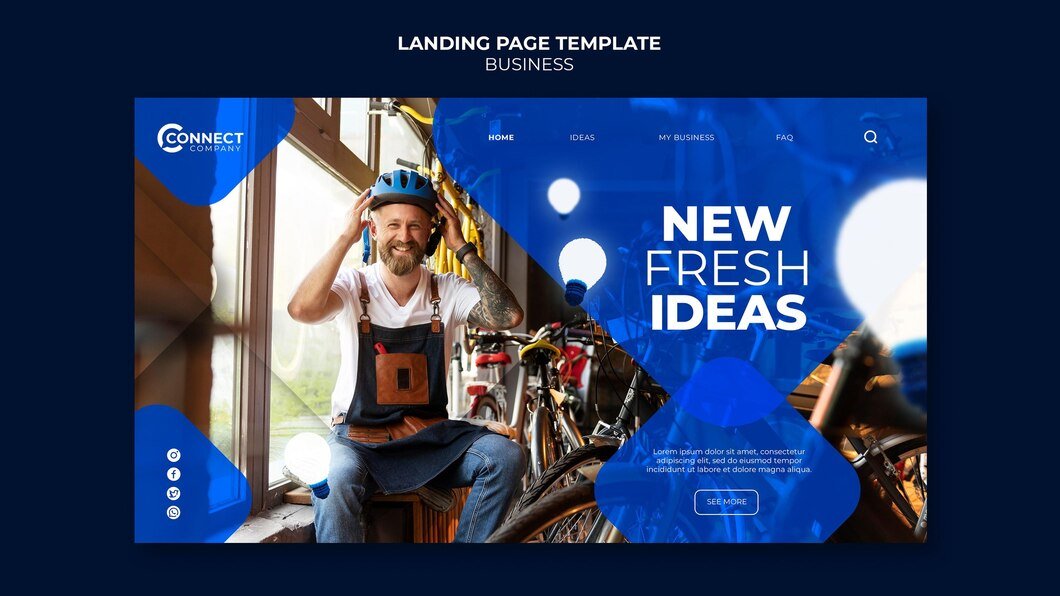In today’s digital age, the success of an e-commerce business hinges significantly on the scalability and robustness of its online presence. Building a scalable e-commerce website requires careful planning, strategic implementation, and adherence to best practices that cater to both current needs and future growth. Whether you’re launching a new e-commerce venture or looking to enhance an existing platform, this comprehensive guide outlines essential steps and considerations to ensure your website can scale effectively with your business.
1. Understanding Scalability in E-commerce
Scalability refers to the ability of a system, in this case, an e-commerce website, to handle increased demands efficiently without sacrificing performance or user experience. It encompasses both technical aspects (server capacity, database optimization, etc.) and strategic considerations (business processes, customer service capabilities, etc.).
2. Planning Your E-commerce Website
Before diving into development, thorough planning is crucial:
- Define Your Goals and Objectives: Clearly outline your business goals, target audience, and desired outcomes from the e-commerce website.
- Market Research: Understand your competitors, market trends, and customer expectations to differentiate your offering.
- Choose the Right E-commerce Platform: Evaluate platforms like Shopify, WooCommerce, Magento, etc., based on your business requirements, scalability features, and budget.
3. Designing for Scalability
A scalable e-commerce website starts with a solid design foundation:
- Responsive Design: Ensure your website is mobile-friendly to cater to the increasing number of mobile shoppers.
- Simple Navigation: Intuitive navigation and user-friendly interface enhance user experience and reduce bounce rates.
- Optimized Page Load Speed: Implement caching, image optimization, and content delivery networks (CDNs) to improve load times.
4. Developing a Scalable Architecture
The technical infrastructure of your e-commerce website plays a critical role in scalability:
- Cloud Hosting: Consider cloud-based hosting solutions (AWS, Google Cloud, etc.) for scalability, reliability, and flexibility in resource allocation.
- Scalable Database Management: Use databases optimized for read and write operations, and implement techniques like database sharding or clustering for handling large volumes of data.
- Microservices Architecture: Break down your application into smaller, independent services to facilitate easier maintenance, scaling, and updates.
5. Ensuring Security and Compliance
Protecting customer data and maintaining compliance with regulations (GDPR, PCI DSS, etc.) are non-negotiable:
- Secure Payment Gateways: Use reputable payment processors and ensure SSL encryption for transactions.
- Regular Security Audits: Conduct regular security audits and updates to safeguard against vulnerabilities.
6. Optimizing for Performance
Continuous optimization is essential for maintaining website performance as traffic and transactions grow:
- Load Testing: Simulate high traffic scenarios to identify bottlenecks and optimize performance.
- Content Delivery Networks (CDNs): Distribute content across global servers to reduce latency and improve page load times.
7. Scalable Customer Support and Service
As your business expands, customer support scalability becomes crucial:
- Help Desk Solutions: Implement scalable help desk solutions (Zendesk, Freshdesk, etc.) for efficient customer query management.
- Chatbots and AI: Use AI-powered chatbots to handle routine queries and provide instant responses.
8. Monitoring and Analytics
Monitor website performance and user behavior to make data-driven decisions:
- Analytics Tools: Utilize tools like Google Analytics for tracking traffic, conversions, and user engagement.
- Real-time Monitoring: Implement monitoring tools to detect and respond to performance issues promptly.
9. Testing and Continuous Improvement
Regular testing and iterative improvements ensure ongoing scalability:
- A/B Testing: Experiment with different layouts, features, and calls-to-action to optimize conversion rates.
- Feedback Loops: Gather customer feedback to identify pain points and areas for improvement.
10. Preparing for Growth
Anticipate future growth and scalability challenges:
- Scalability Roadmap: Develop a roadmap for scaling infrastructure, expanding product lines, and entering new markets.
- Agility and Flexibility: Stay agile to adapt to market changes and technological advancements.
Conclusion
Building a scalable e-commerce website requires a holistic approach that integrates technical expertise with strategic planning and customer-centric design. By prioritizing scalability from the outset and adopting best practices in design, development, security, and performance optimization, businesses can create a robust online platform capable of supporting growth and delivering exceptional user experiences. Embrace scalability as a continuous journey of improvement, ensuring your e-commerce website remains adaptable and competitive in the evolving digital landscape.













